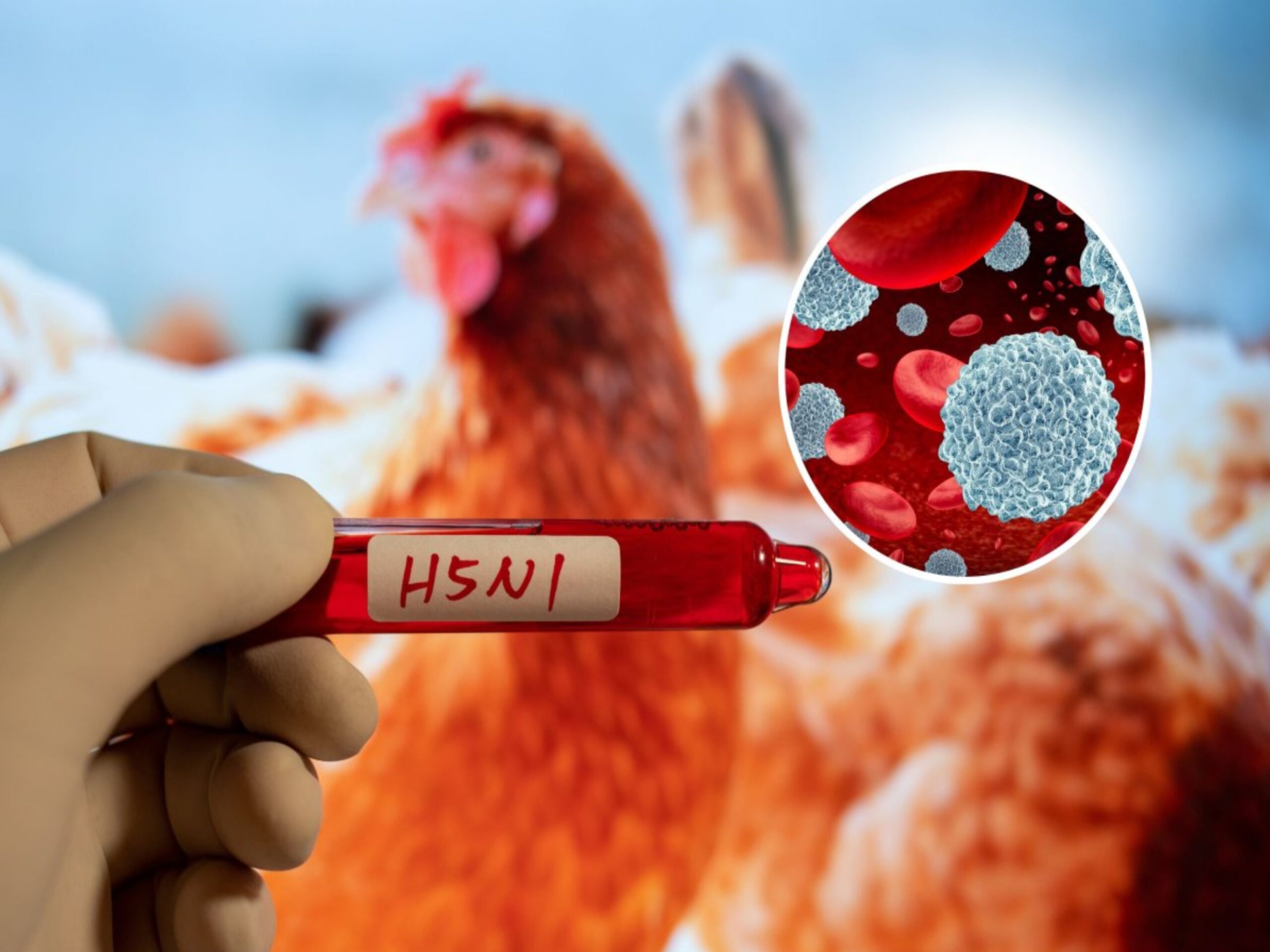I can say that with chickens in particular, early warning signs would be clicking when they breathe, clear discharge from their beak, poor body posture and unhealthy droppings etc. This is one reason that, particularly in winter, I sit in the coop and just listen to the birds breathing and observe their stance. They should be bright, clear eyed, and alert with an upright profile unless they are fluffed up and snuggled down during extreme cold.
It’s helpful to see all of the birds in a flock and look for noticeable differences. Ultimately, I would have do draw blood and send samples to the lab for confirmation. With the ducks, I’d take blood AND a cloaca swab sample that also gets sent to the lab for evaluation. I am a certified poultry technician licensed by my State Dept. of Ag to take samples and band birds.

Any sick birds would be set apart from the other flock members in a separate cage with separate food and water until the results are in.
With Wild Bird populations, it’s more difficult as they can appear completely healthy and serve as carriers with no symptoms that can be observed. There are water fowl which migrate and can visit farm ponds and tread on the same ground as domestic poultry. Damp muddy areas are breeding grounds where the droppings of wild birds can mix with the domestic birds as they drink and treat on the same damp ground.
It’s critical to make sure wild birds are not sharing drinkers, ponds, watering troughs etc, with domestic geese, chickens, ducks, turkeys, etc… Keeping the ground dry and exposed to sunshine will go a long way to preventing the spread of avian influenza strains.
I hope that helps, if you have observed wild birds that appear sick, contact wildlife enforcement, or your Dept. of Ag and they will send the appropriate inspector.
H5N1 will be the end of the flock if domestic chickens contract it. They will be euthanized and composted right on the farm where they are kept.

